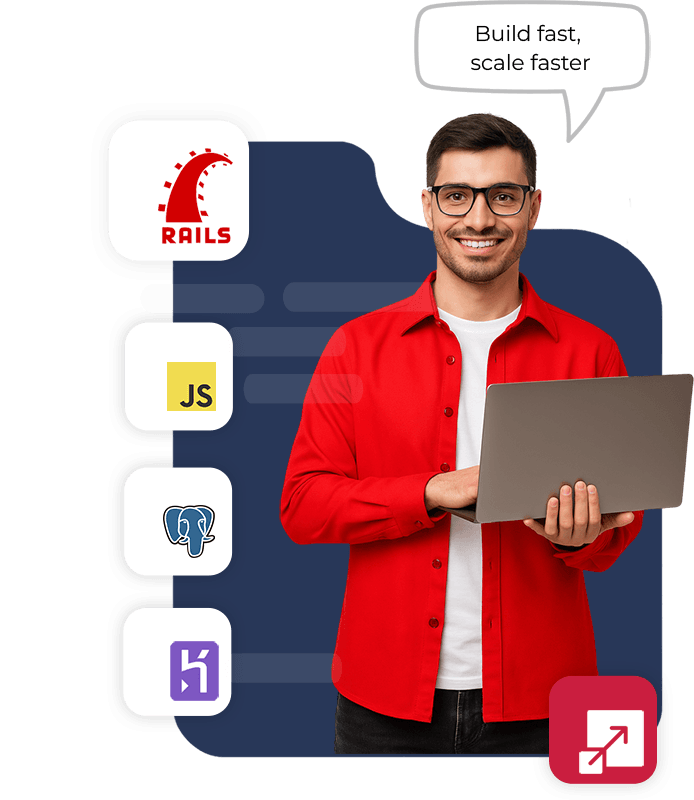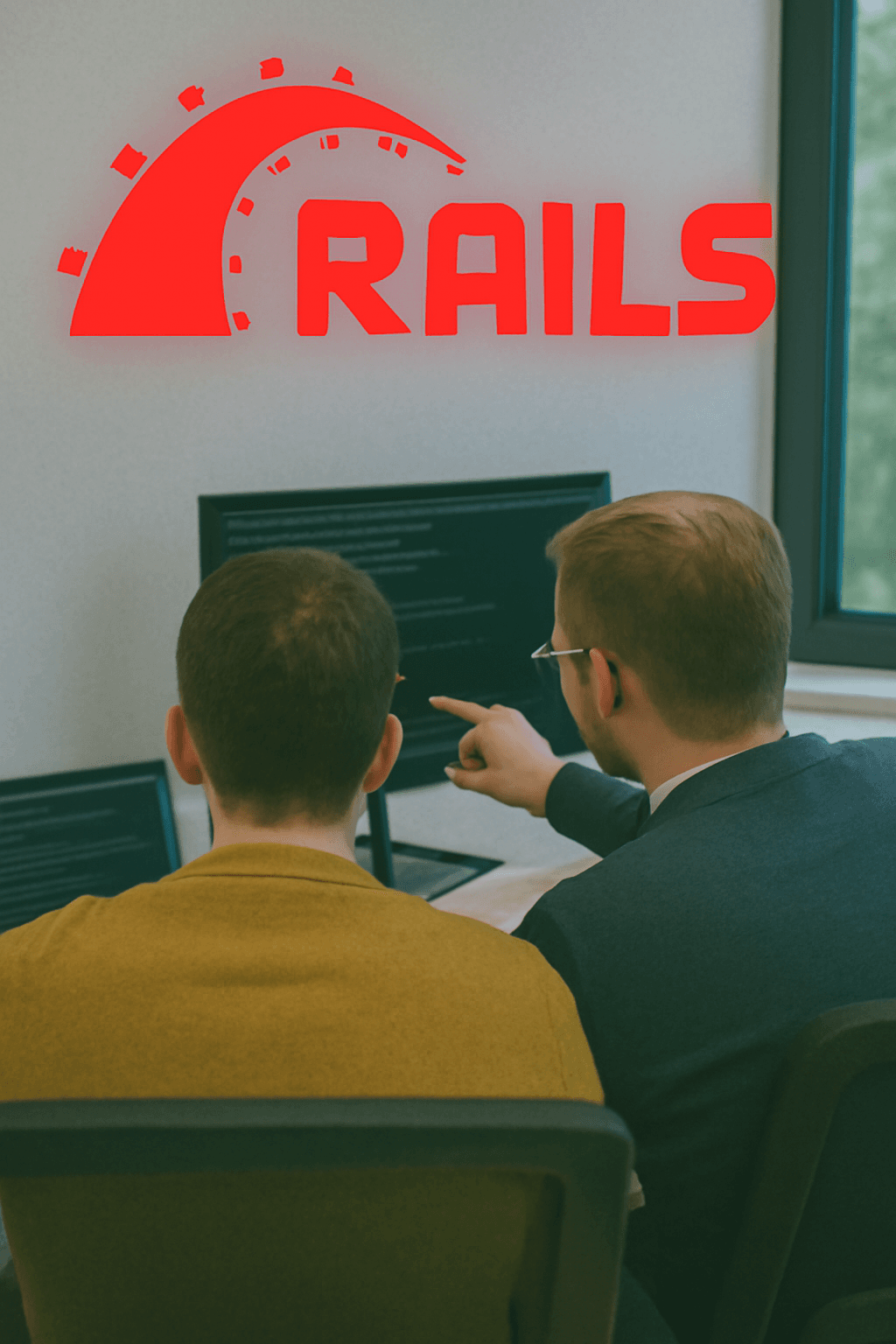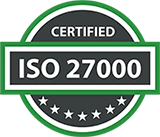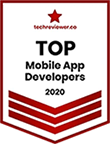Selecting the right engagement model is essential when hiring Ruby on Rails (RoR) developers to ensure the project is completed within budget and time constraints. Here’s how different engagement models apply to RoR development:
Full-time Developers:
Full-time RoR developers are ideal for long-term, complex web applications that require regular updates and ongoing maintenance. If you’re building an enterprise-grade platform, e-commerce site, or SaaS product, a full-time RoR developer ensures consistent progress, code quality, and reliable collaboration, making them well-suited for projects with evolving requirements.
Part-time Developers:
Part-time RoR developers are a good fit for projects that don't require constant work but need regular updates, maintenance, or the addition of new features. They can manage ongoing tasks like improving functionality, optimizing performance, or fixing minor bugs, allowing you to keep your app fresh without the need for a full-time commitment.
Hourly Developers:
Hourly RoR developers are perfect for short-term, specific tasks. Whether you need to implement a feature, resolve performance issues, or work on a bug fix, hourly developers offer flexibility and allow you to pay for only the hours worked. This model works well for minor tasks or temporary needs without locking you into a long-term contract.
Project-Based Developers:
Project-based developers are ideal when your Ruby on Rails project has clearly defined goals, deliverables, and deadlines. Whether you’re developing a custom content management system (CMS), an e-commerce platform, or an API, project-based developers focus on completing the work within the agreed-upon timeframe and budget, ensuring the project is delivered with a set scope.








 Transparency
Transparency









